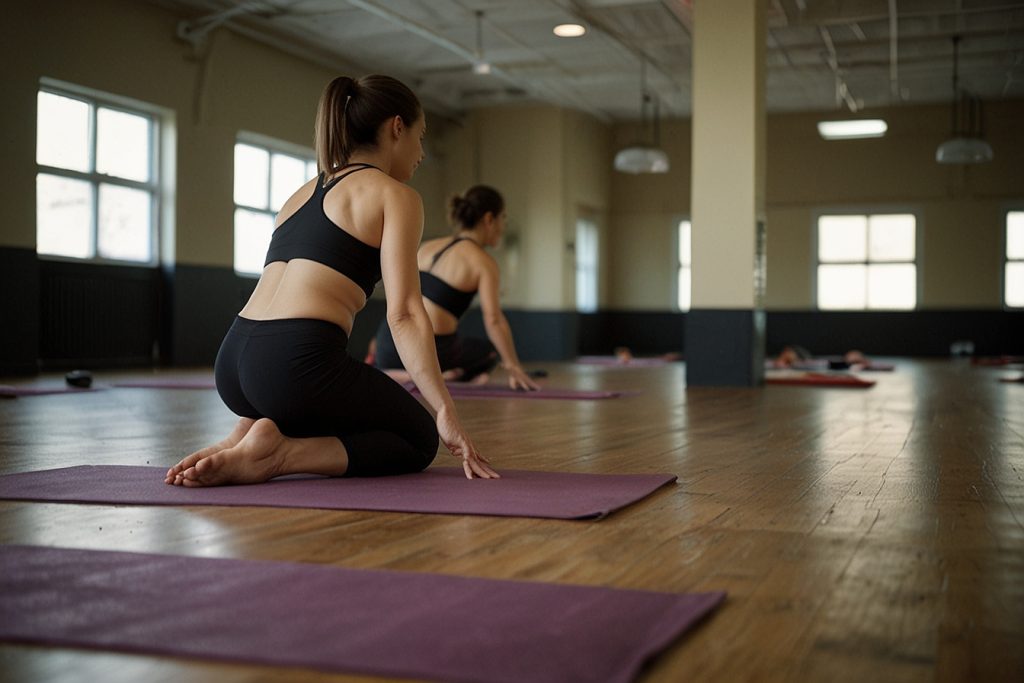Hip flexor muscles are very important set of muscles that aids our everyday activities. As it is a group of muscles connected to your hip joint that allows you to bend at the waist as well as pull your knee toward your chest, these muscles can be sore, strained or even injured which results to painful sensations and can even limit the ability to live a normal life while they are damaged. There can be a lot of injuries you can sustain and this article will help you determine typical hip flexor injuries.
- Hip Flexor Strains
Hip flexor strains happen when the muscles in the hip flexors are strained or ripped and it is categorized based on the tears severity. Mike Westerdal wrote a program called Unlock Your Hip Flexors.
- Grade I is mild stretching and microscopic tears in muscle fiber which cause some pain but hip function remains normal.
- Grade II is moderate stretching and tears in muscle fiber which cause pain and makes the hip periodically give out while standing or walking.
- Grade III is the most severe case where muscle fibers are completely torn or ruptured and the hip can no longer bear weight.
If you are feeling one or a few of the following, then it’s a sign that you have strained hip flexors.
- Bruising
- Pain in the front of the hip or in the groin
- Pulling sensation in the front of the hip or in the groin
- Pain, tenderness, and weakness when walking or climbing stairs
- Swelling and inflammation
- Pain when lifting the knee toward the chest
- Muscle spasms
- A limp while walking
- A visible muscle deformity
- Hip Flexor Tendonitis
Inflammation of any of the hip tendons, or dense cords that connect muscles to bone, is known as hip tendonitis. Overuse, like strains, is a frequent cause of hip tendonitis. Tendonitis also impacts the same population as strains—athletes who engage in sports such as running, swimming, cycling, and other sports that place repetitive stress on the hip. Tendon inflammation can also be caused by high-intensity interval training (HIIT) exercises and other sports that include a lot of kicking, squatting, and jumping.
Some signs and symptoms that you might feel are:
- Heat and redness around the tendon
- Pain in the hip, back, or leg
- Stiffness
- Visible knots surrounding the tendon
- Swelling and inflammation
- Pain that gradually develops over time
Since pain from an injury is rarely felt in any one region, injuries can be on the inner hip muscles, anterior compartment of the thigh, medial compartment of the thigh, or gluteal muscles may occur. This makes determining the cause of hip pain impossible. It is still advisable to consult a hip specialist to determine the source of pain and receive the right treatment.




